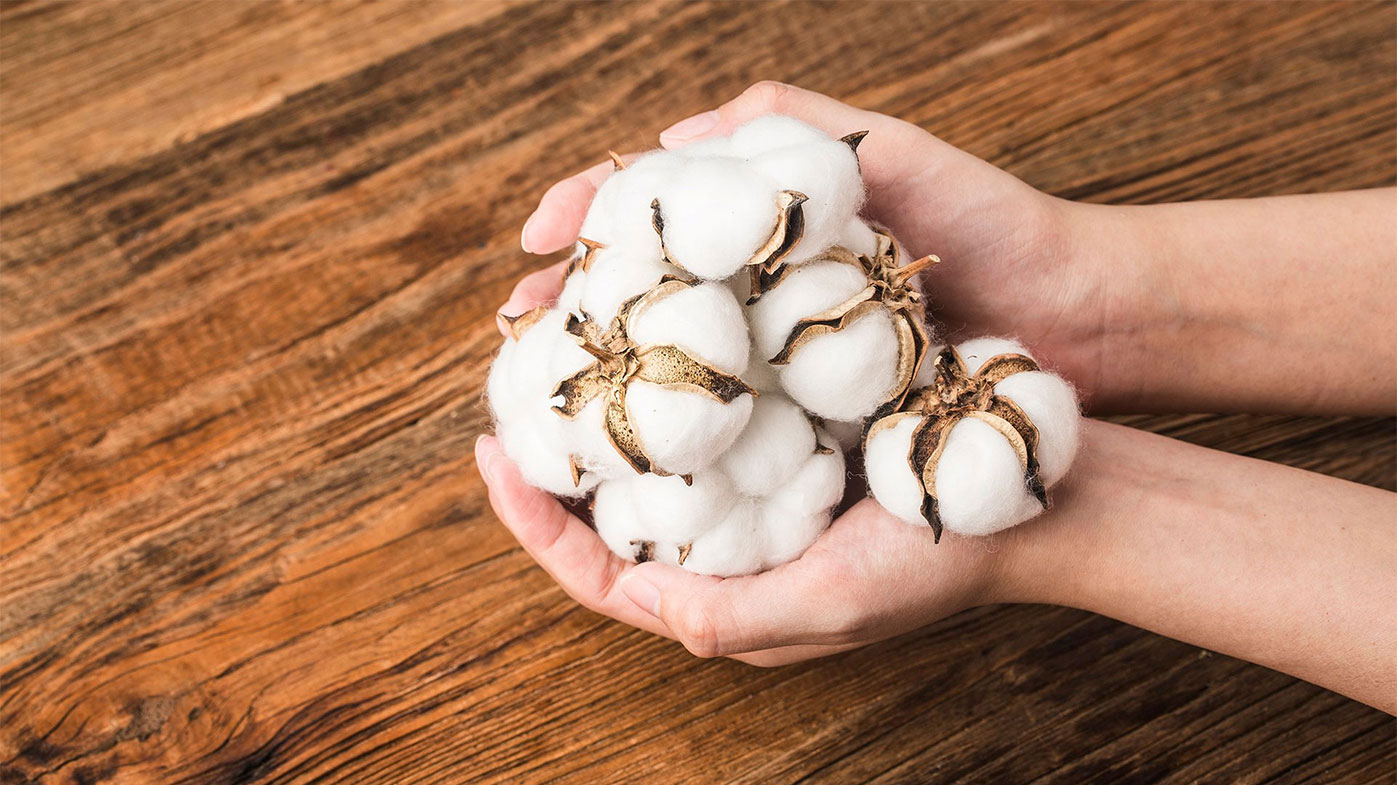
Apr 14, 2024
Thoughts that cotton had been knocked out last week were premature, as the spot May contract and other prices across the board fell in unison – including the especially important new crop December contract.
The bearish tone was emphasized by a continuing increase in certificated stocks, a further slippage in demand, increasing world carryover based on the world supply demand report, the final liquidation of the few speculative longs, grower selling into a declining market, and the unknown of weather in the form of widespread rain. The strong mill fixations were not significant enough to counter the overall bearish tone in the market.
Further, December showed its weakest trading pattern in six months as widespread rains across the Southwest Plains boosted the probability of a good crop in both the dryland and irrigated areas of that vast region.
Let us not beat around the bush. The February/March bullish rally to the dollar level strongly encouraged mills to look to non-U.S. sources for their raw cotton. Of course, they were already looking and found what they needed. This season, coupled with the past few seasons, only sped up mill use of non-U.S. cotton. Thus, the demand for U.S. cotton will continue to lag that of Brazil and Australia.
As commented last week, the May contract is done. It is over as far as any possibility of a rally. We can still hold out hope that the July contract can again approach the 88-cent resistance level. Yet hope is a dangerous word in market terminology. This week’s export sales report was anemic with respect to mills shopping for U.S. cotton. Therefore, any rally in July above even the 87-cent level should be considered as a pricing point.
The availability of U.S. cotton is extremely limited. However, as mills have looked increasingly at non-U.S. growths, the exceptionally low carryover level is not the bullish fundamental it was when the U.S was not challenged for export supremacy. Nevertheless, a rally back to the 87-cent level should be expected but will likely be unsuccessful at moving above 88 cents.
This is not a pretty picture. How do I sugar coat it? Can it be sugar coated? As has been in the past, I hope I prove to be wrong.
The foundation of the bridge between old crop 2023 cotton and the December contract’s 2024 crop was all but set in stone this past week with the needed rains across the Southwest. The July futures contract will slowly fall to a price level near 250 points of the December contract, and the prices of both futures contracts will ease lower into the expiration of the July contract.
It is very premature to pronounce that a big U.S crop will be harvested this fall. However, this week’s moisture was the single reason that caused this week’s significant decline in the December contract. The market is telling us that it believes a big U.S. crop is on the way. Further, the prospect for prices falling into the high 70s is clear.
This week’s December low trade of 79.95 and the weekly settlement near that low (80.11 cents) portends that December futures will challenge the price resistance level near 74-75 cents. Simply, the price outlook for the 2024-25 crop prices is not bullish. Again, this bearish and ugly outlook assumes the major production regions, especially the U.S. Southwest Plains, continue to receive normal moisture.
Factoring in the world economic difficulties and the U.S. consumer’s availability of spending for items other than basic necessities is especially bleak. The ongoing inflation has been extremely negative for consumer spending on apparel goods and cotton goods in particular. U.S. inflation remains a problem, and will continue to haunt the consumer and thus, the cotton market if the U.S. government continues its unabated spending pattern.
We commented months ago that the government has provided food and shelter for some 8-12 million undocumented immigrants of the past 3-4 years, and that activity itself would prevent any control of inflation. As stated, inflation restricts the availability of funds the consumer spends on clothing. Food and shelter inflation are the most severe facing the consumer. That simply leaves little expenditures for apparel goods.
Price old crop on any return to 87 cents. I simply hope we have not waited too long to buy put options for the 2024 crop.
Give a gift of cotton today.
